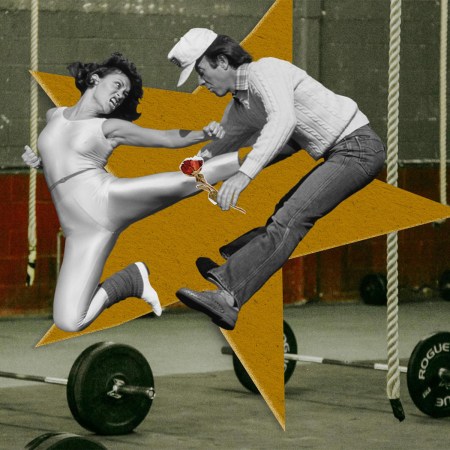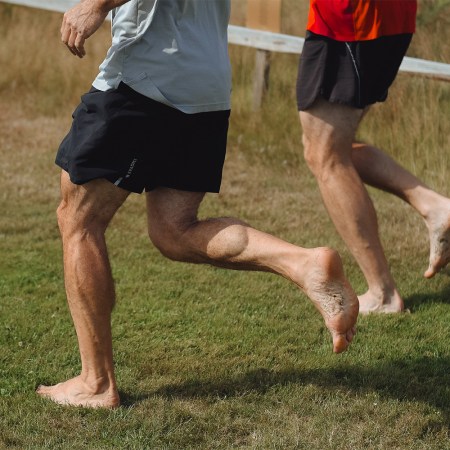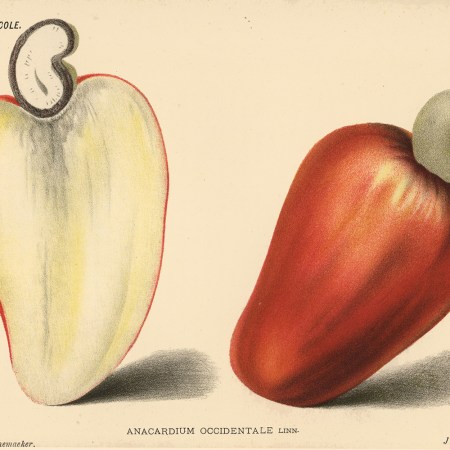Along with the bench press and crunches, bicep curls are one of the most overused and overrated moves in strength training.
Walk onto any gym floor right now, and you’re almost guaranteed to see a couple trainees standing a few inches from the oversized mirrors, seesawing their way through repeats on the dumbbells or EZ curl bar. Every single time these folks get a lift in, they’re angling to improve their two-headed show muscles. It likely isn’t working.
That’s not to say that bicep curls can’t help you build more mass or definition. Done right, they’re effective and worth your time. But because bicep curls are so synonymous with strength training (and thus an inevitable adoptee among novice lifters), they’re particularly vulnerable to shoddy form and rushed repetitions.
A better bicep training regimen would involve:
- Lifting lighter, with weights you can rep 12 to 15 times, a few times through
- Only giving the muscle serious attention for 30 minutes or so a week
- Birfucating lift days into “push” and “pull.” Bicep curls are pull; read more about the concept here.
And according to a new study out of Australia, lifters should also reconsider their mechanics when executing a bicep curl. We typically expend the majority of our energy on getting the bar up towards our chest, before hurrying it back down towards our waist — but that “lowering” period is actually where the magic happens.
Lifting a weight is called concentric movement. Holding it is isometric movement. Lowering it is eccentric movement, which the authors proved to be “the most effective at increasing muscle strength and muscle size” in their new research, published earlier this month in the European Journal of Applied Physiology.
Instead of prizing concentric movement and squandering eccentric movement in the process, lifters should learn to make the latter the star of the show. In building muscle, eccentric-focused training appears to be a bigger game-changer than loading up more weight on the bar. It activates muscles by “lengthening” them (in other words: very slowly lowering weights down to the waist…check out the video embed above), which is a method that most expert lifters are aware of, and periodically plug into their training. But some might be surprised to hear just how effective the strategy is.
Eccentric lifting was even more effective than a combination of concentric and eccentric lifting (the first increased muscle thickness by 7.2%, the second by 5.4%.) Both outperformed concentric-alone training, suggesting that if you’re trying to spur muscle growth, you need to recruit some form of eccentric training.
Obviously, even if you pride yourself on a slow and respectable bicep curl, it might feel weird to modulate a movement you’ve been performing the same way for years. So maybe start by switching to a joint concentric-eccentric iteration, before graduating to an all eccentric circuit.
Some good news? Eccentric curls did more with less — half the reps of the other movements still garnered greater gains. That’s huge for keeping the upper body fresh and injury-free. To start off, incorporate the exercise into your regimen two times a week, for five weeks.
Whether you’re looking to get into shape, or just get out of a funk, The Charge has got you covered. Sign up for our new wellness newsletter today.


















